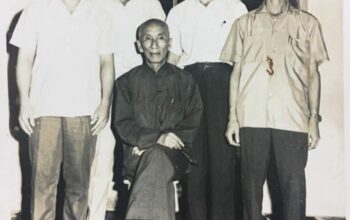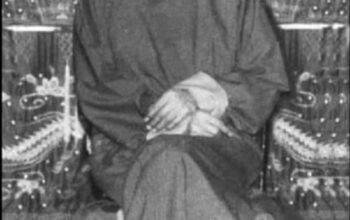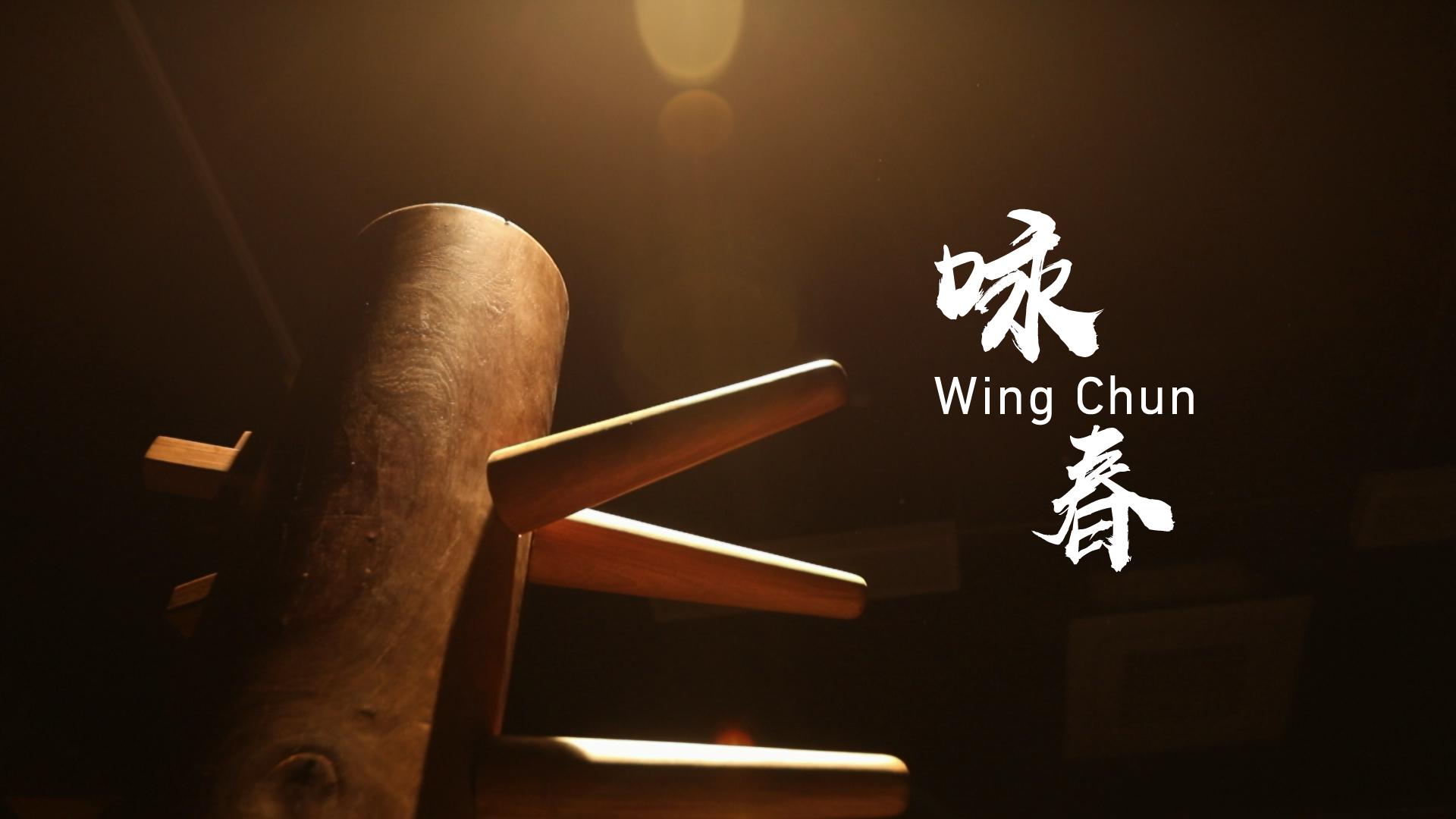Wing Chun, a traditional Chinese martial art known for its practicality and efficiency in combat, incorporates specific conditioning exercises to develop strength, endurance, flexibility, and overall physical fitness. These exercises are designed to enhance the practitioner’s ability to execute techniques effectively and withstand the demands of combat. Let’s explore some of the common conditioning exercises in Wing Chun.
- Wooden Dummy (Muk Yan Jong): The Wooden Dummy is a quintessential training tool in Wing Chun. It consists of a wooden structure with arms and a central body, designed to simulate an opponent. Practitioners perform a series of techniques and drills on the Wooden Dummy, developing strength, precision, and timing. Striking the Wooden Dummy helps condition the arms, wrists, and hands, gradually toughening the bones and increasing striking power.
- Wall Bag Training: Wall Bag training involves striking a specially designed bag attached to a wall. The bag is typically filled with sand, rice, or beans and helps develop strength, endurance, and conditioning of the arms, wrists, and hands. Practitioners perform various strikes and techniques on the wall bag, gradually increasing the intensity and duration of the training.
- Iron Palm Training: Iron Palm training is a specialized conditioning exercise aimed at toughening the hands and improving striking power. It involves repeated striking of hard surfaces, such as bags filled with gravel or iron palm training apparatus. Through consistent practice and gradual progression, the hands become more resilient, allowing Wing Chun practitioners to deliver powerful strikes without injury.
- Chi Sao (Sticky Hands): Chi Sao training not only develops sensitivity and reflexes but also conditions the arms and shoulders. Practitioners engage in controlled contact drills, maintaining contact with their training partner’s limbs while practicing various techniques. The constant pressure and resistance experienced in Chi Sao help condition the arms and develop strength and endurance.
- Skipping Rope: Skipping rope is a common conditioning exercise in Wing Chun. It helps develop cardiovascular endurance, footwork agility, and overall coordination. By incorporating different footwork patterns while skipping rope, practitioners improve their footwork speed and precision, which are essential in Wing Chun.
- Shadow Boxing: Shadow boxing is a fundamental exercise in Wing Chun. Practitioners simulate combat by performing techniques and movements in the air without a partner. Shadow boxing helps develop muscle memory, coordination, and cardiovascular endurance. It allows practitioners to refine their techniques, focus on proper body mechanics, and practice combinations and footwork.
- Strength and Conditioning Exercises: Wing Chun practitioners often supplement their training with strength and conditioning exercises to enhance overall physical fitness. These exercises may include bodyweight exercises such as push-ups, squats, lunges, and planks, as well as weightlifting, resistance training, and cardiovascular workouts. These exercises improve strength, power, endurance, and flexibility, supporting the practitioner’s performance in Wing Chun techniques.
- Forms Practice: Forms, or “katas,” are a crucial component of Wing Chun training. Forms are pre-arranged sequences of movements that incorporate various techniques and principles. Practitioners perform forms with focused intention, emphasizing proper body mechanics, stance work, and balance. Forms practice helps develop discipline, mental focus, coordination, and physical conditioning.
It is essential to note that conditioning exercises in Wing Chun should be approached gradually and with proper guidance to avoid injury. Beginners should focus on building a solid foundation of technique and gradually increase the intensity and duration of conditioning exercises as their fitness and skill level progress. It is also advisable to consult with a qualified instructor to ensure correct form and technique during conditioning exercises.
In conclusion, Wing Chun incorporates a range of conditioning exercises to develop strength, endurance, flexibility, and overall physical fitness. From the Wooden Dummy and wall bag training to Chi Sao, skipping rope, shadow boxing, and strength and conditioning exercises, Wing Chun martial artists have many ways to condition.







